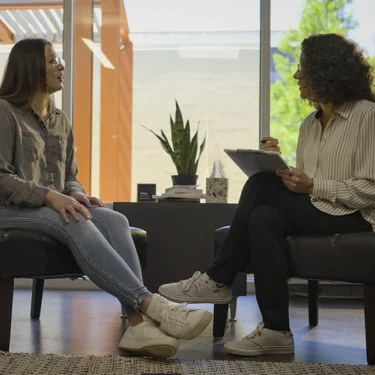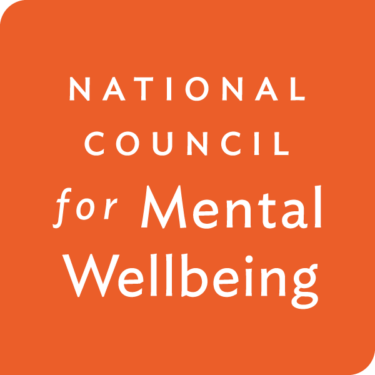The COVID-19 pandemic has underscored the emotional impact that traumatic events have on the lives of countless children and their families. What can be done to mitigate these adverse effects? How can we create a path forward?
According to a recent survey by the Centers for Disease Control and Prevention (CDC), mental health-related visits to hospital emergency departments increased 31% between 2019 and 2020 among youth aged 12-17. In the Mott Children’s Hospital National Poll on Children’s Health, 73% of parents reported that COVID-19 has had a “very or somewhat negative impact” on their teenager’s ability to interact socially. Nearly half of parents surveyed said that since the pandemic began, they have noticed new or worsening mental health issues experienced by their teen.
Common stressors that teens and young adults are currently facing include loved ones becoming sick and loss of loved ones, social life, positive and organized activities. Additional challenges are missed opportunities to explore interests, disrupted routines and structure, lack of sleep, adjusting to online learning, family’s unstable economic situation, missing milestone events like graduation ceremonies or prom and more.
This picture, while bleak, is not hopeless. The developing adolescent brain is neuroplastic and, when protective factors equal or outweigh risk factors, highly resilient. Teletherapy is rapidly becoming an accessible, teen-friendly protective factor that can mitigate even significant mental health challenges intensified by the pandemic.
A review of 126 studies, published in 2014 in The Journal of the Canadian Academy of Child and Adolescent Psychiatry, revealed that not only is teletherapy effective in providing a variety of assessment, diagnostic, counseling, treatment, and prevention services for children and adolescents, it is often the therapy method preferred by youth.
Researchers in 2019 conducted an analysis of 34 random controlled trials involving 3,113 youth between the ages of six and 18 who received computerized and internet-based cognitive behavioral therapy (CBT) or other therapeutic interventions for anxiety and depression. They found that technology-based CBT is effective in helping youth experiencing these mental health challenges. The review appeared in 2019 in the journal Clinical Child and Family Psychology Review.
The increasing availability of teletherapy is crucial for teens. During adolescence, the brain’s pathways are optimized for social connection. Teens are particularly receptive to positive interactions as they learn how to process emotions and regulate behavior in the face of challenge. Positive relationships and support are key factors in developing resiliency, while a lack of positive relationships contributes to psychopathology.
Through therapeutic rapport, mental health professionals act as caring, supportive adults to help teens navigate challenges. Teletherapy may potentially be more effective for adolescents than traditional, in-person therapy for multiple reasons:
- Teletherapy can feel informal and natural for youth. Adolescents and young adults have grown up with technology and interacting with others via a screen is a normal mode of communication.
- Video therapy or other forms of teletherapy are often less intimidating than in-person therapy, which can help youth build a relationship with their therapist in a way that is natural and comfortable for them. Many teens and young adults experience difficulty developing rapport with an adult therapist in a face-to-face setting, which can be a barrier to effective treatment, as the therapeutic relationship is one of the most (if not the most) important factors to success in counseling.
- This newer method of therapy is also practical for teens and adolescents. They can meet with a therapist around their school or work schedules. Further, transportation isn’t an issue in online therapy. Teletherapy renders mental health services more accessible to a greater number of youths.
Teletherapy is not only a viable option for connecting adolescents and young adults with a therapist, but it may also be the best and most preferred option for youth. By meeting youth on their terms, therapists may be able to connect more deeply with them, increasing the likelihood of treatment compliance and positive outcomes.
Melissa Boudin, PsyD, is a clinical psychologist with more than a decade of experience, currently serving as the clinical director for Choosing Therapy, an online therapy platform that is making psychotherapy more inclusive and accessible. Previously, Dr. Boudin was in private practice, as well as in community mental health and preventive care.
Guest Author
Clinical Director
Choosing Therapy


